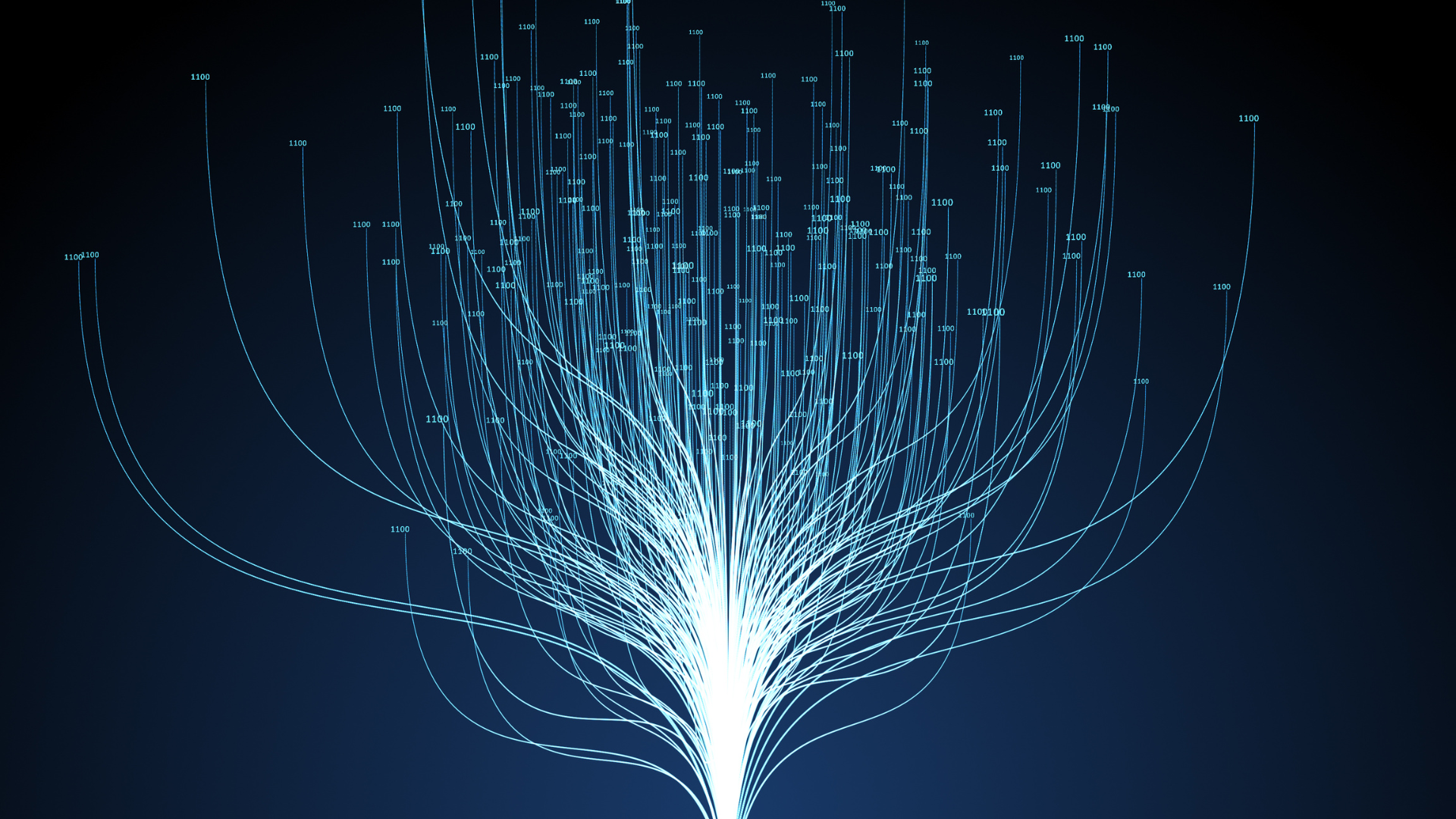In this month’s AI Insights, we explore how AI can help neurodiverse employees. Neurological differences, such as autism, ADHD, dyslexia, and other cognitive variations, are natural and should be respected as a form of human diversity. These differences are not necessarily deficits or disorders but rather variations in how people think, learn, and interact with the world. About 15-20% of the world’s population is neurodiverse. [i]
What challenges do those with neurodiversity deal with and how can we use AI to help them to thrive and contribute their unique point of view?
Communication Barriers: Some individuals may find it difficult to interpret social cues, engage in small talk, or express themselves clearly, which can lead to misunderstandings. AI-powered communication tools provide real-time suggestions for appropriate responses and help interpret social cues, helping individuals express themselves more effectively and understand others better. Some examples include:
- Text-to-speech software, such as Speechify, NaturalReaders, and Read&Write for Work, converts text to speech and vice versa, making communication more accessible for those with reading and writing difficulties.
- Writing assistants, such as Grammarly, QuillBot, and WordTune, provide grammar and vocabulary suggestions, helping individuals with writing difficulties to express themselves more effectively.
- Note-taking apps help transcribe meetings, making it easier for individuals with auditory processing challenges or difficulty with handwriting to capture information during meetings. These tools can also generate meeting summaries, action items, and the ability to search for key items. Microsoft Teams (Copilot) and Zoom offer built-in solutions, while tools like Otter.ai and Fireflies.ai offer stand-alone platforms.
Sensory Sensitivities: Environments with bright lights, loud noises, temperature changes, or strong smells can overwhelm those with sensory processing differences. AI tools can enhance sensory management, providing coping strategies for individuals with sensory sensitivities.
- AI software for noise reduction and sound management, such as Krisp and Noisli, helps employees with sensory sensitivities manage noise and distractions on calls and in office environments. Sensory regulation apps, such as Calm and Headspace, provide guided meditations and relaxation exercises to help manage sensory overload and stress.
Rigid Work Structures: Some neurodivergent individuals thrive with a structured routine, while others benefit from flexible work environments. Rigid structures don’t consider these individuals’ attention spans and focus levels, as some may need frequent breaks or shorter working periods.
- Task management tools such as Motion, Taskade, and Asana use AI to learn from a user’s habits and behaviors, adjust to the user’s preferences, and provide guidance on how to work more effectively.
- Time management/focus apps, such as focus@will, Forest, and Focus Bear, use background music or gamified experiences to help individuals focus on the tasks at hand.
- Mind mapping software tools, such as MindMeister and XMind, visualize thoughts and ideas for individuals who may not take a linear approach to thinking.
Stigma and Misunderstanding: Lack of awareness or understanding by peers on neurodiversity can lead to stigma and/or discrimination in the workplace. Normalizing the use of AI tools and assistive technologies may help reduce the stigma of needing accommodations.
Performance Evaluations: Traditional performance metrics may not adequately capture the strengths and contributions of neurodiverse employees.
- AI-driven performance analytics tools, such as Lattice and BambooHR, can provide more personalized and objective evaluations by analyzing work patterns and outputs.
Access to Support: tailored training programs (i.e., Parlay and Eloomi) can provide a boost for these individuals.
As always, it’s important to research what works best for your organization. I hope that I’ve at least provided you with a springboard to get started helping those with neurodiversity within your organization feel more comfortable and successful.


